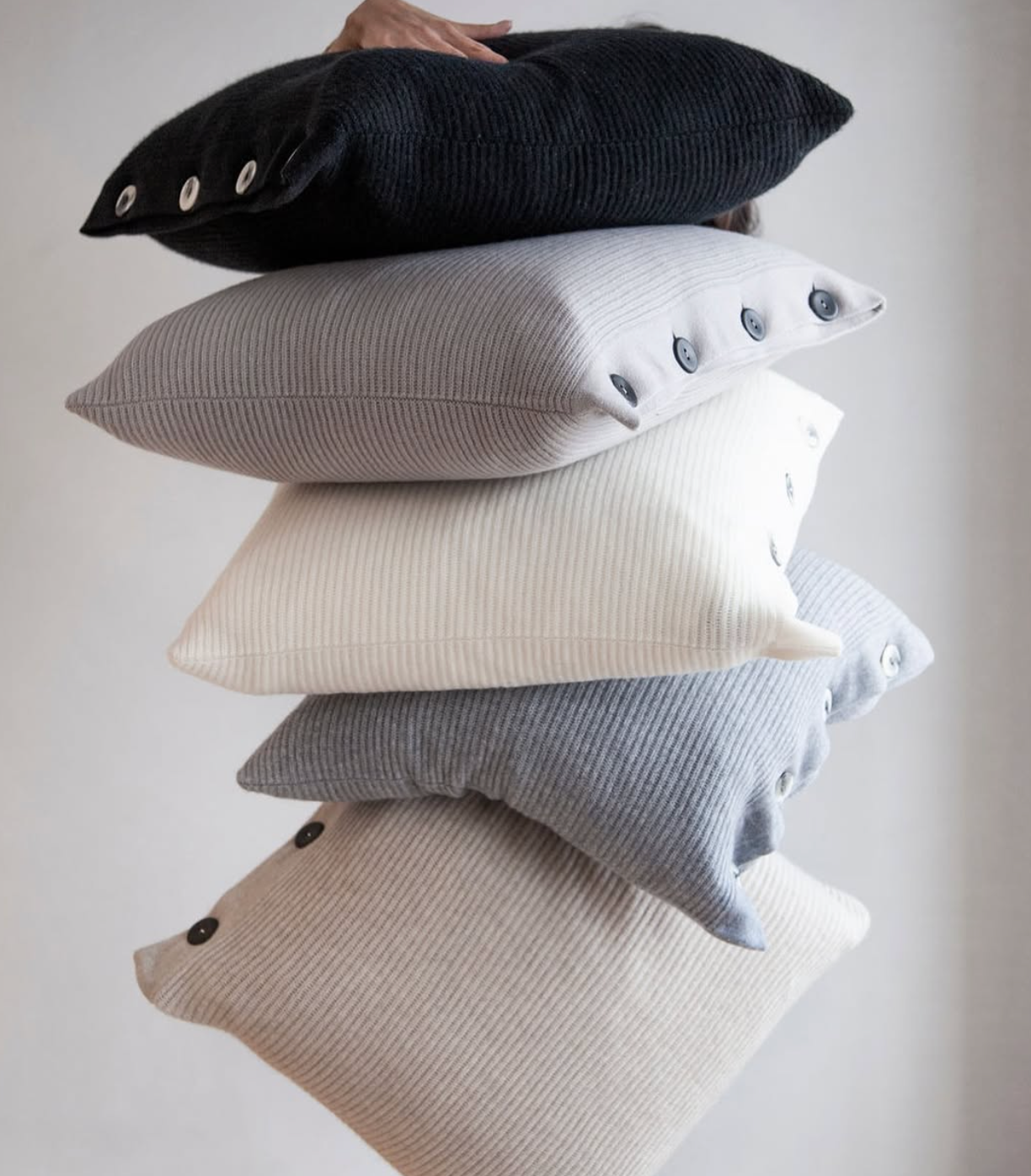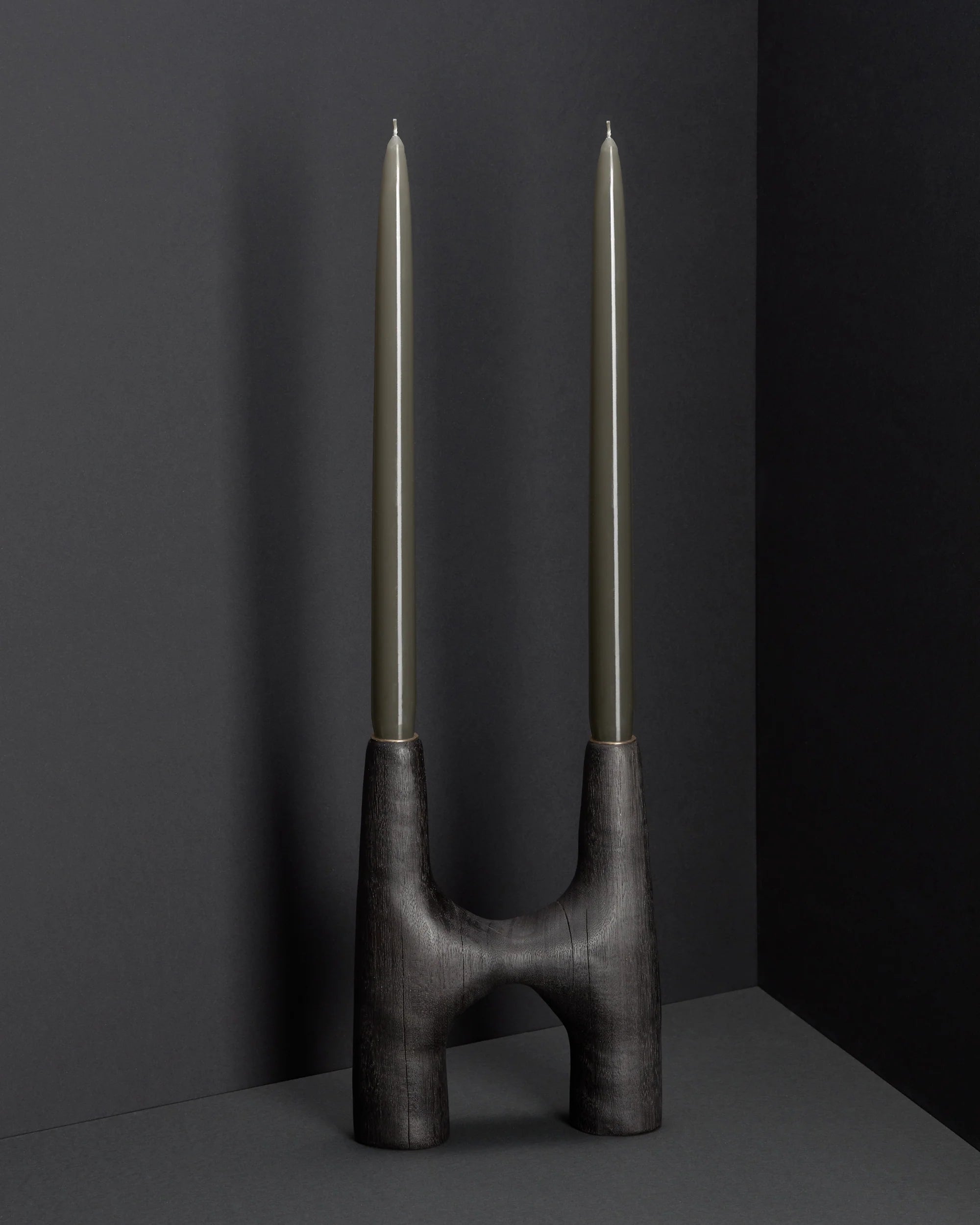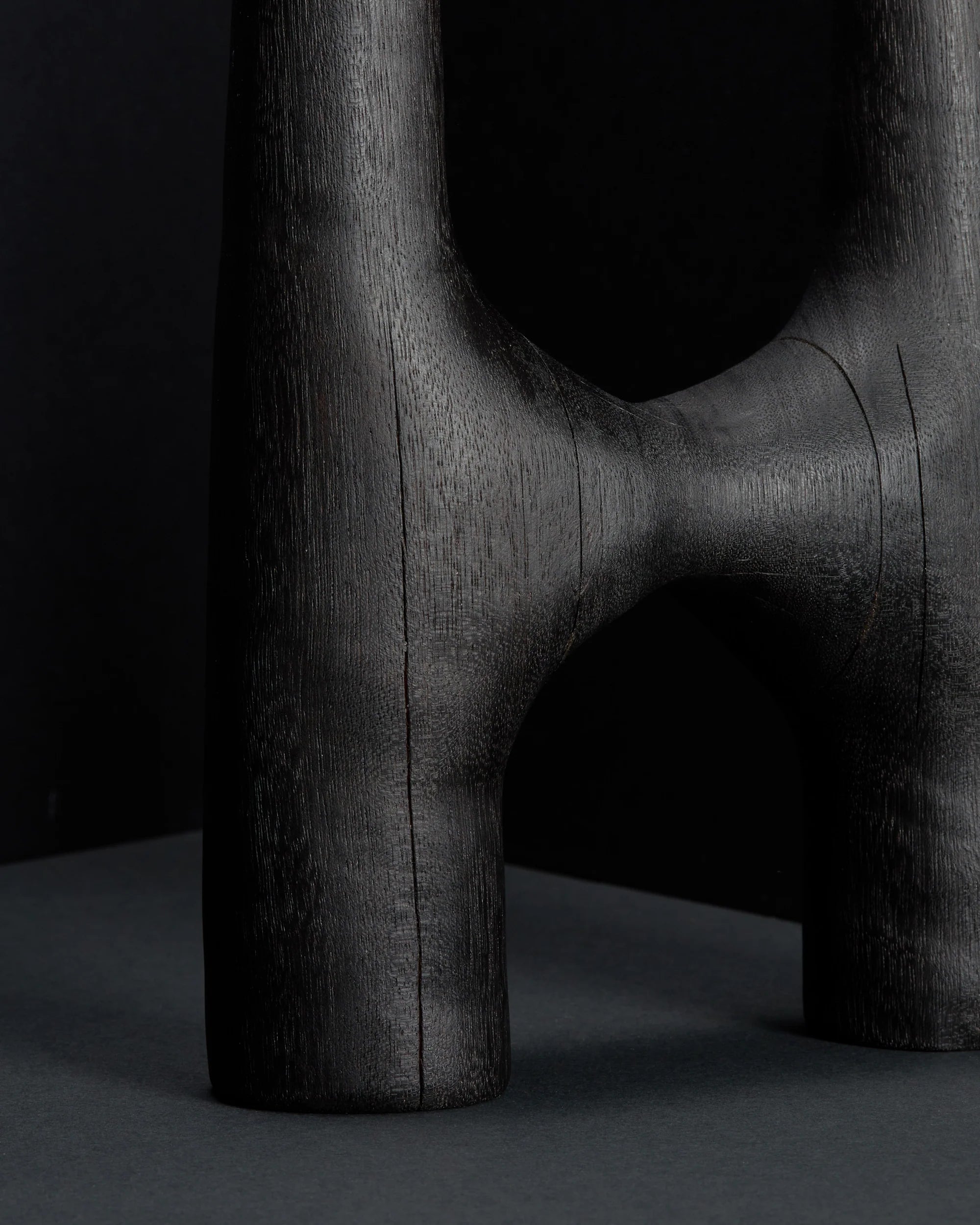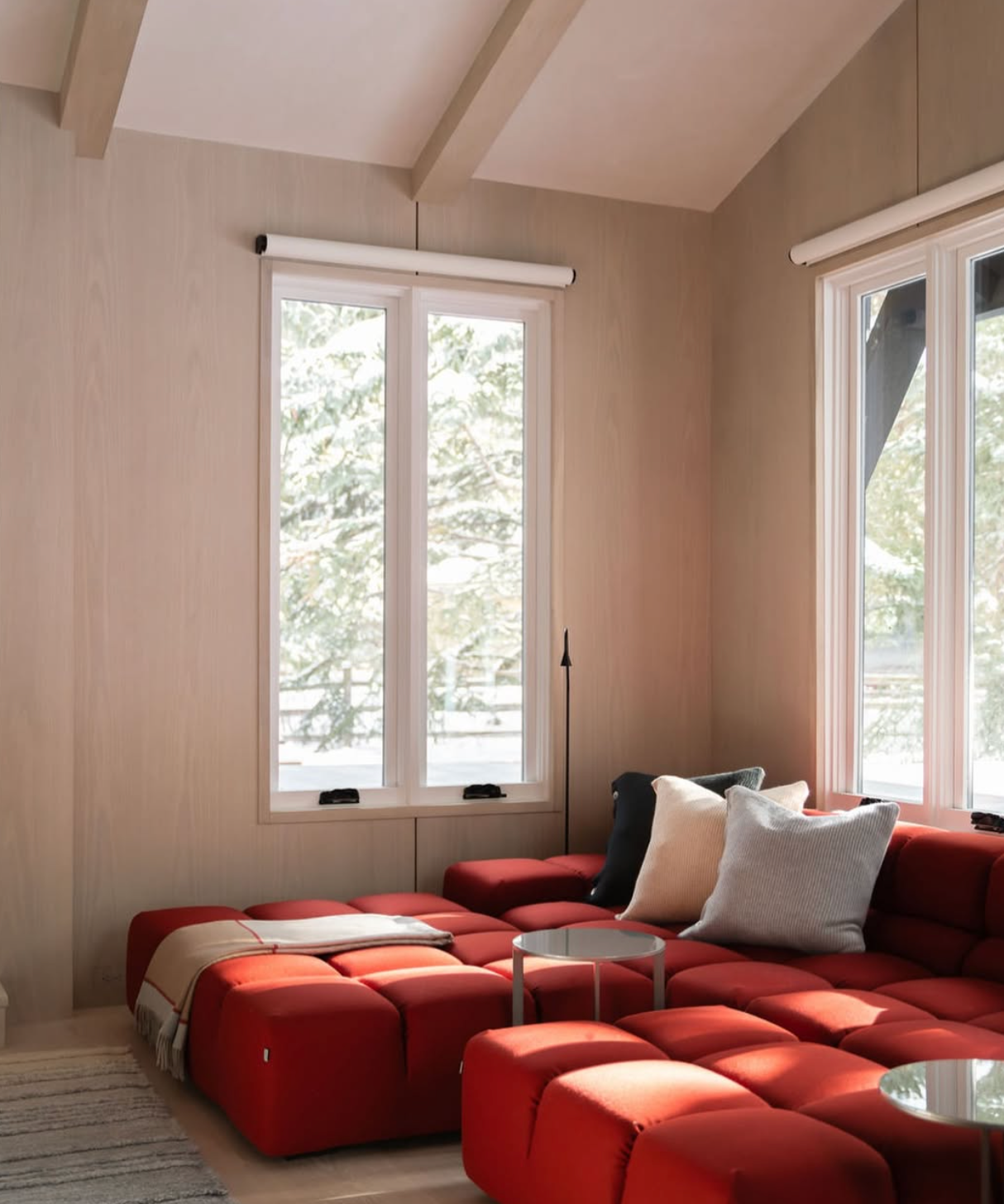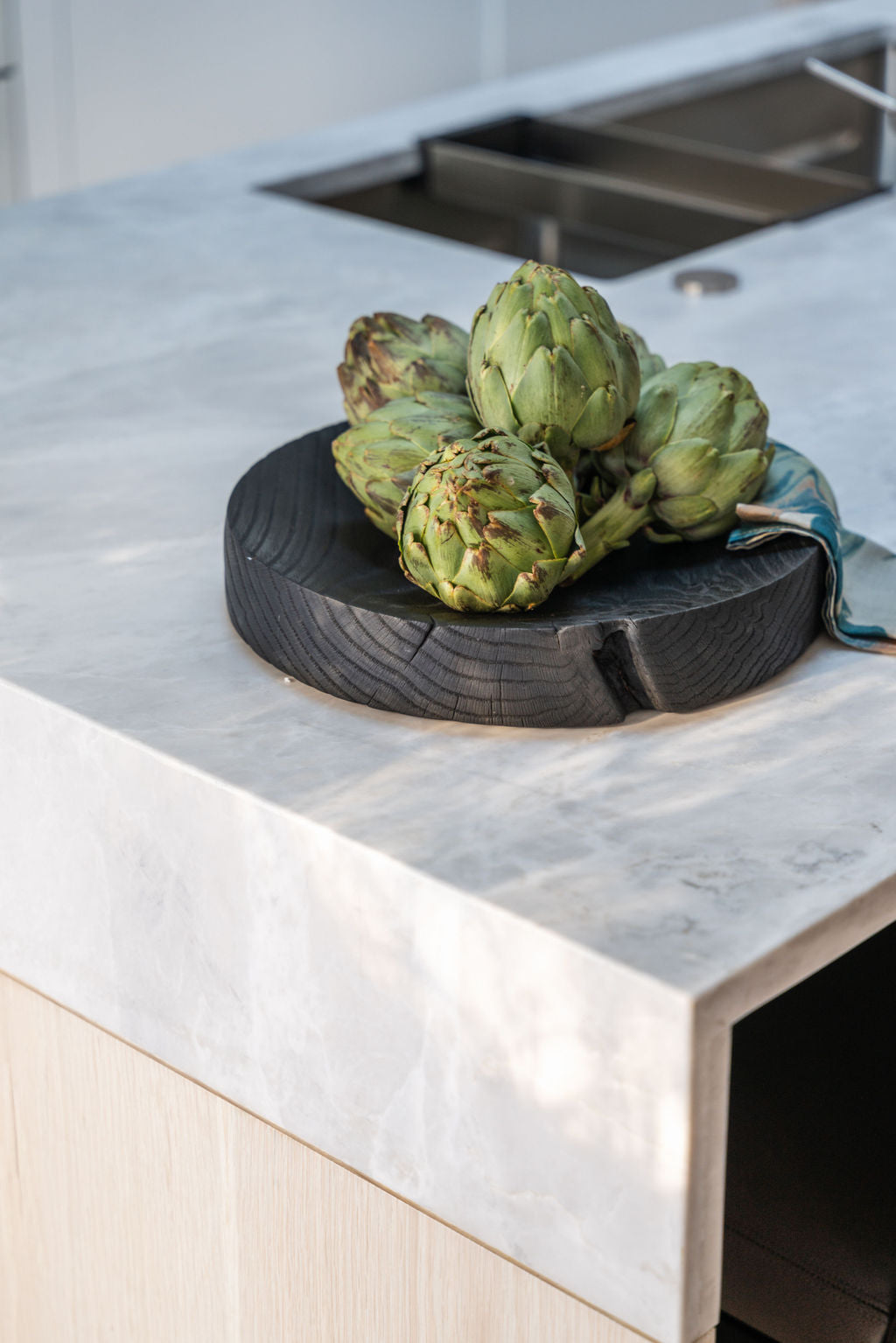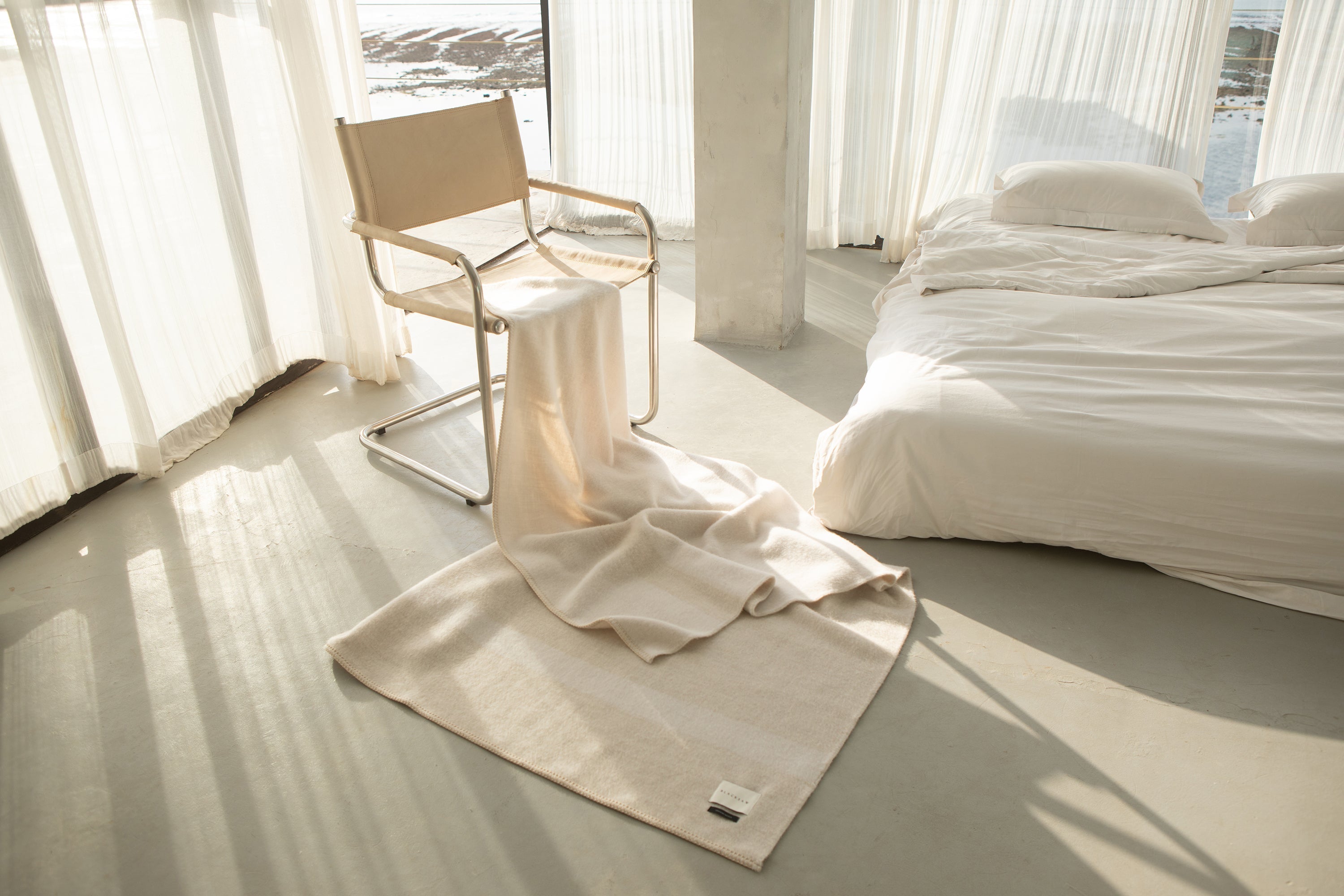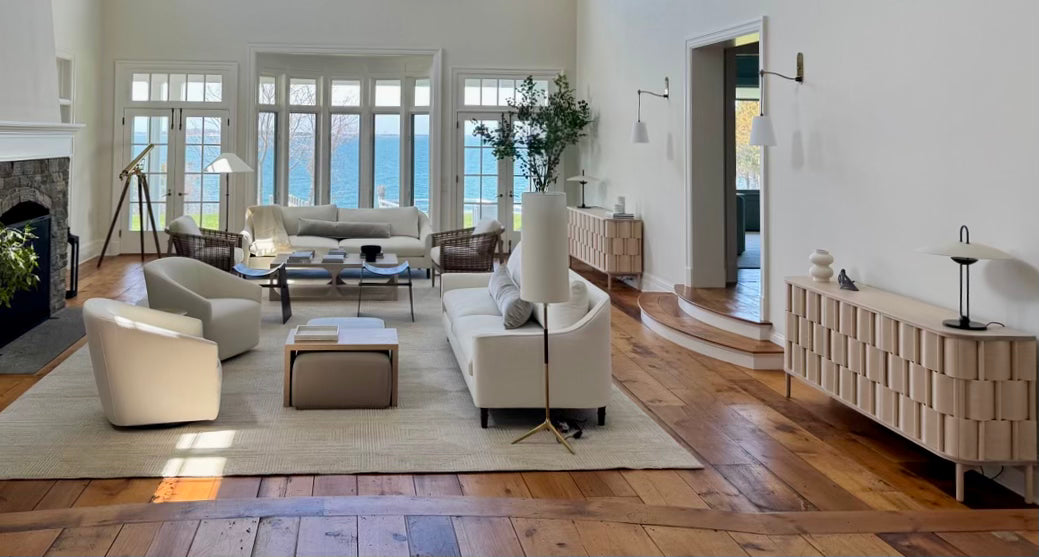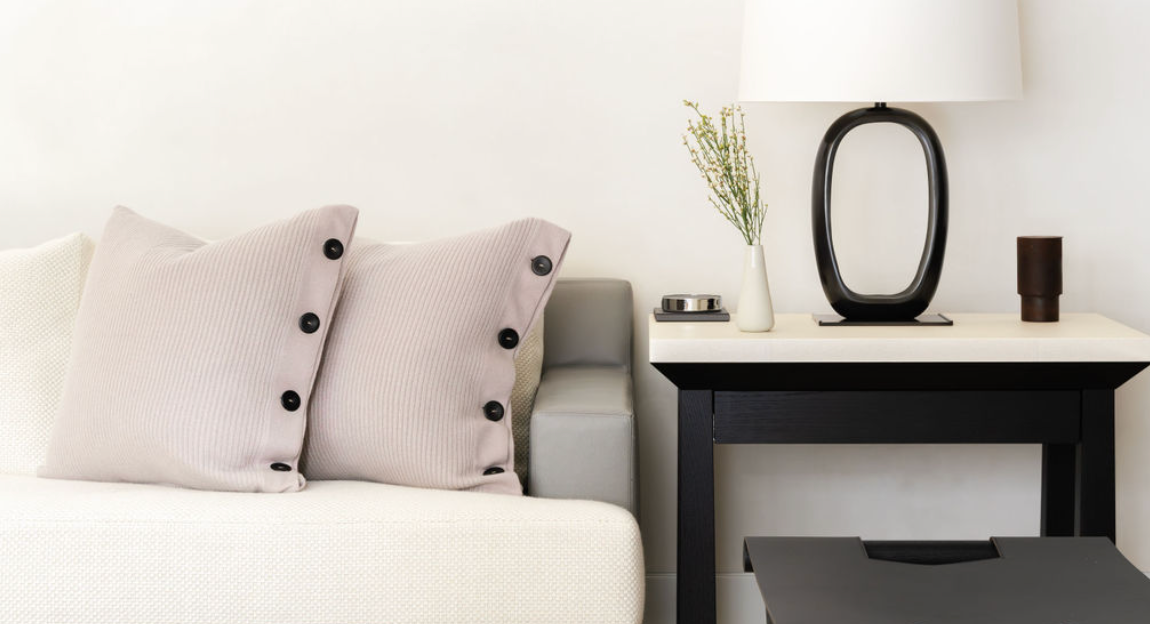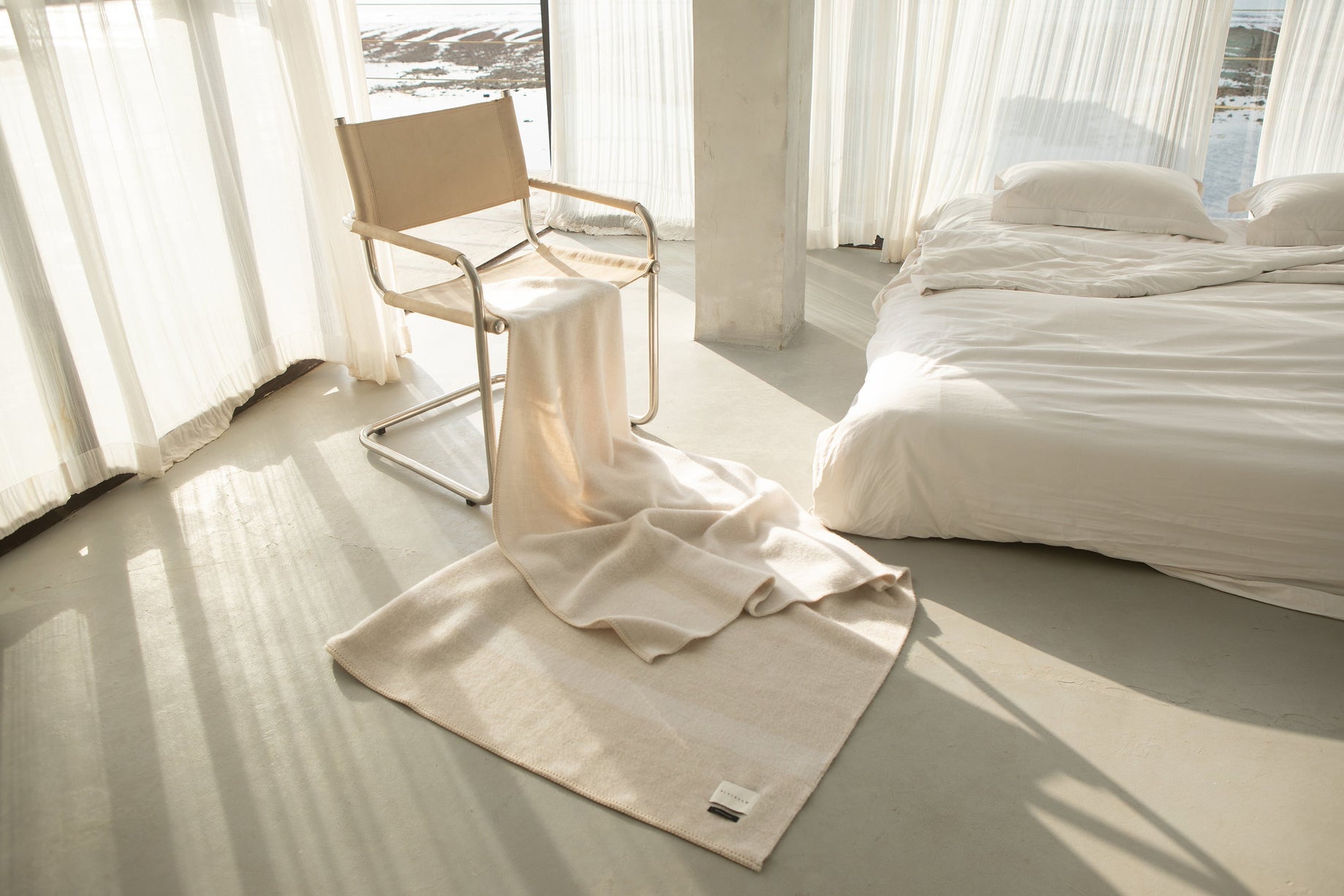In a world that rushes, your home can be your pause.
A sensory, slow-living space isn’t just about design—it’s about resonance. It’s the quiet joy of knowing exactly where everything lives, the grounding feeling of being surrounded by objects that truly matter, and the contentment of choosing less, but choosing well.
Here are five ways to create a home that supports slow, intentional living—where every item speaks, and nothing shouts.
1. Know Where Everything Lives
There’s a deep kind of peace that comes from order—not rigid perfection, but intuitive placement. When each item in your home has a place, you reduce the friction of daily life. Your mind quiets. You move more gracefully. You breathe more easily.
Let this be a practice in mindfulness. Open a drawer and feel calm, not clutter. Reach for your favorite mug and know it’s right where it belongs. Over time, this awareness becomes a form of care—for your space and for yourself.
2. Surround Yourself With Objects That Speak to You
Look around your home. How do your belongings make you feel?
A sensory home invites an emotional and visceral connection to the things you live with—whether it's the buttery softness of a cashmere pillow, the earthy scent of a wood bowl, or the weight of a handmade ceramic cup in your hands.
Each piece should whisper something: memory, intention, beauty, grounding. Let your home reflect not what you think you should love, but what you actually do.
3. Think Less, Choose More Meaning
Minimalism doesn’t mean empty—it means essential. In a sensory, slow-living space, less is not just less. Less is more presence, more purpose, more peace.
Choose objects that carry weight beyond function. Let there be space between things so each one can breathe, and so can you. A room with fewer, more meaningful items invites deeper appreciation. It asks you to slow down. It gives you room to feel.
4. Let Your Home Embody Your Values
Your home is your daily reflection. What you place in it becomes an extension of what you believe, what you cherish, and how you move through the world.
Do your belongings reflect your values? Do they support your desire for calm, beauty, authenticity, or sustainability?
This is not about perfection—it’s about alignment. When your space aligns with your values, it becomes a sanctuary. A mirror. A source of strength.
5. Choose Joy, Pleasure, and Personal Satisfaction
Slow living is not austere—it’s rich with feeling. Create a home that satisfies you—not with excess, but with intentional joy.
That could mean a cashmere throw that warms you all winter, a lamp that casts just the right evening glow, or a handmade object that brings a quiet smile every time you pass by.
When you prioritize your own sense of satisfaction and pleasure, your home becomes a deeply personal expression—not for performance, but for presence.
In the end, a sensory, slow-living home is not about aesthetics alone. It’s about how your space feels—how it holds you, honors you, and reflects your most authentic self.
Let it be a place where time stretches, the senses awaken, and you can fully arrive.
Explore Materie Objects for a Sensory Home
